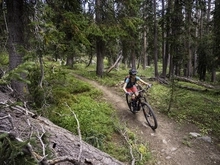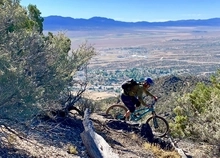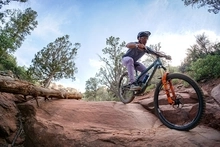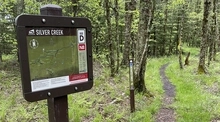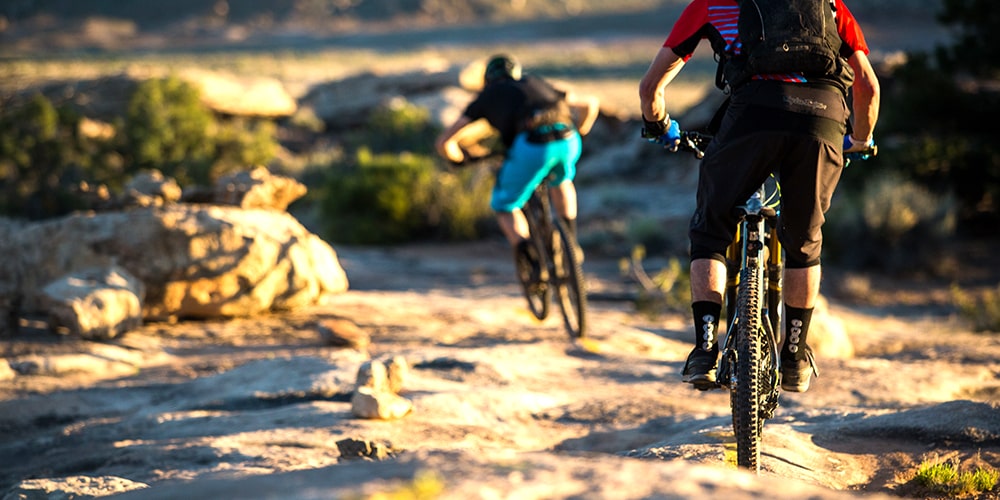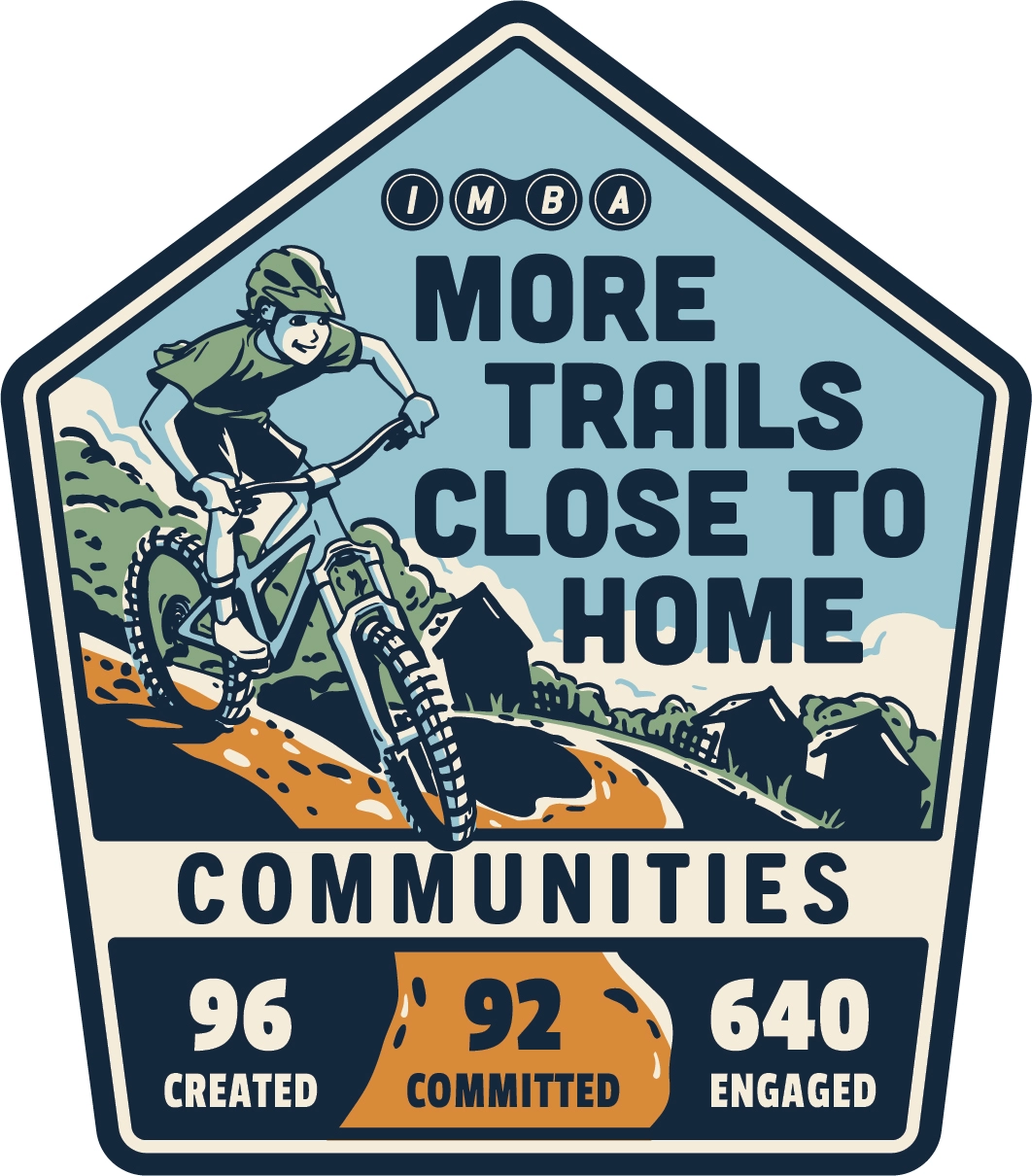Activating Appalachia with All-Levels of Recreation
The town of Woodstock, Vermont, was chartered 15 years before the United States declared its independence from Great Britain, and save for a brief lull in the 19th century, has been about as quintessential a Vermont community as one can expect to find, with views that belong in a Norman Rockwell painting in virtually every direction.
Like many of its neighboring Vermont communities, tourism is the lifeblood for Woodstock with its mom-and-pop ski hill, Saskedena Six- one of the oldest ski hills in the country- along with scores of artisan bakeries, art galleries, and B&B’s lining the roads. Woodstock stands as one of Vermont’s more affluent communities, and its highly manicured presentation is reflective of that.

“I think Woodstock sometimes has a ‘fancy, high-end’ stereotype which certainly exists, but I would say that my perception of it as someone who lives here is we’re community-oriented people who care about where we live.” Seth Westbrook says when asked about some of the dynamics of Woodstock that distinguish it from other Vermont towns. “It's interesting because it's not as in your face about its outdoors as you might find in plenty of places out west. Sometimes people can be very aggro about the fact that they're outdoorsy. Around here it’s a bit more of an understated part of the fabric of the community. I think that in Vermont in general, it’s just kind of assumed.”

For Seth and others who live and ride in Woodstock, a big part of what makes it “really good” are the trails.
Woodstock is surrounded by three primary riding zones: Saskedena Six, Mount Peg, and the Aqueduct. Each system has its own distinct flavor, but all of them share perhaps the most important ingredient of all: Grade-A, dark and robust dirt. Vermont is loaded from top to bottom with some of the best dirt in the country, but Woodstock in particular, is home to perhaps the very best of it. For decades, Woodstock played host to a number of disparate pockets of riders, some quietly scratching in clandestine loamers, others driving west to Killington or south to Ascutney, while others seemed content to explore some of the Nordic trails along Mount Peg.

By 2015, Seth, along with Matt Stout, began to drum up support to form a more cohesive and well-organized trail association with hopes of preserving what limited resources they had available and building more trails for the community moving forward. “We were hitting up as many people as we could and just trying to spread the word organically,” Seth says. “I think I would say it was pretty well received. We didn't have too much negative feedback. I would say that there was a little bit of healthy skepticism from some."
“We ended up signing the landowner agreement with the Aqueduct, and then that next summer, we built a pretty substantial bridge and a new trail, and pretty quickly people were kind of like, ‘Oh, okay, this is cool.’ Fast forward a few years, and I think people are really seeing what we've done and understand that we're not just a bunch of outlaws wreaking havoc in the woods.”
In the years since its inception, the Woodstock Area Mountain Bike Association has been responsible for the growth and development of trails across all three of the region’s primary riding networks, and while the scale of the mountains that surround Woodstock might not match what Killington or Rochester have to offer, the quality of the riding may be unparalleled.

“I think that the dirt is only part of the secret sauce.” Seth says with a smile. “Rob and Gavin Vaughan are the other part. They built some of the original trails out at the Aqueduct, including ‘Spawn of Vaughan’, which was the first pretty rad downhill out there. Those two, with their eye for design and magic touch, really set the tone for the region, and they’ve contributed massively to the whole vibe of the area, especially at Aqueduct and Mount Peg. Gavin's really been involved a lot up there, along with Nick Mahood, in laying Peg out. I think our terrain limitations have had a positive impact on our approach to building trails. We’re always looking to maximize the fun factor and squeeze every fun bit of terrain we can into a trail.”

I’m not sure that it’s especially important to articulate exactly what it is about Vermont and Woodstock that I love so much, and I’m not even sure it’s possible to do this place justice only with words and images. It just feels different here. It’s a total sensory experience every time you dive into the woods aboard two wheels: you can smell it, you can taste it, and you can feel it through your grips on every ride. Are there other places with bigger mountains, longer descents, and more trails? Sure, but none of those places feel quite like Vermont, and Woodstock is about as “Vermonty” as it gets.




